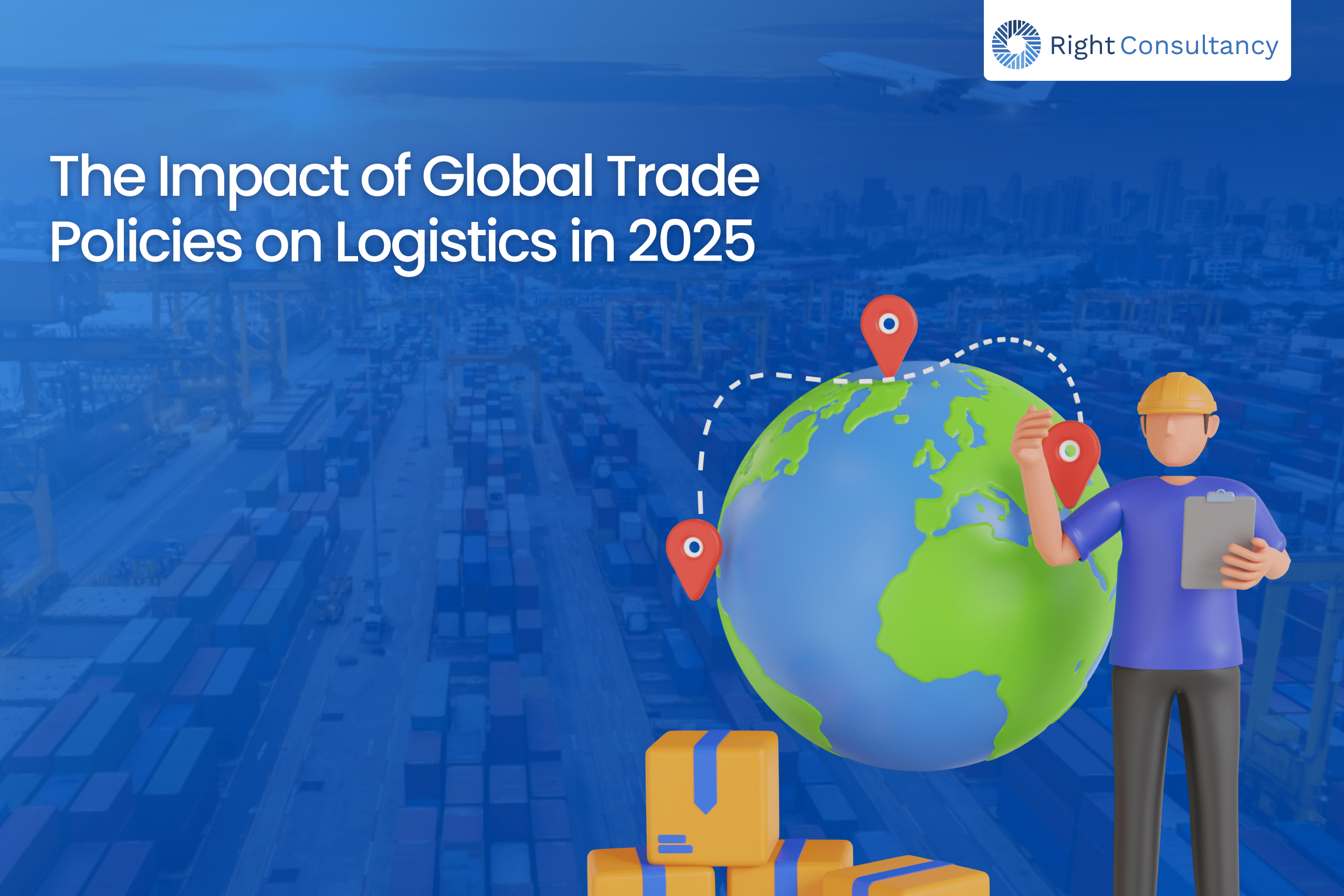The Impact of Global Trade Policies on Logistics in 2025
The Impact of Global Trade Policies on Logistics in 2025

Global trade policies are driving some of the most significant shifts in logistics we’ve seen in years. From geopolitical tensions to green regulations, the logistics sector in 2025 is navigating complex routes – both literally and strategically. Real-time adaptability has become a must-have as international trade dynamics continue to evolve rapidly.
1. U.S. – China Trade Tensions Continue to Disrupt Supply ChainsDespite efforts at diplomacy, tensions between the U.S. and China remain high. New tariffs introduced in late 2024 on Chinese electronics and solar panels by the U.S. have forced American importers to diversify sourcing. As a result, many companies are shifting operations to Southeast Asian countries like Vietnam and Thailand.
Example: Apple, which began moving production of iPads and MacBooks to Vietnam in 2024, accelerated the shift in 2025 due to increased tariffs. This created a surge in demand for freight forwarding services in Southeast Asia, resulting in higher shipping rates and a bottleneck at Vietnamese ports like Hai Phong.
2. European Green Deal Affects Maritime LogisticsThe EU’s continued push for sustainability under the European Green Deal has led to stricter emissions regulations for maritime transport. As of January 2025, all vessels docking at EU ports must comply with new fuel standards or face heavy fines.
Example: Maersk, a leading container shipping company, has begun retrofitting its fleet with methanol-powered engines to comply with the regulations. While this is a positive step for sustainability, it has temporarily reduced available shipping capacity and increased transit times on EU-bound routes.
3. India’s Export Policies Boost Regional Air CargoIndia’s push to become a global manufacturing hub under its “Make in India 2.0” initiative has led to new trade agreements with African and Middle Eastern nations. This includes relaxed export duties on pharmaceuticals and textiles.
Example: Logistics firms like Blue Dart and DHL India have reported a 20% increase in air freight volumes from India to Africa since January 2025. This surge has led to more investment in regional airports like Ahmedabad and Hyderabad, boosting regional economic activity.
4. Red Sea Crisis Pushes Shippers to RerouteThe continued instability in the Red Sea due to geopolitical tensions has forced many shipping lines to avoid the Suez Canal, opting instead to go around the Cape of Good Hope. This adds approximately 10 – 14 days to shipping times between Asia and Europe
Example: IKEA announced delays in furniture shipments to Europe in Q1 2025, citing rerouted vessels and port congestion. Logistics companies are now adjusting schedules and advising clients to increase inventory levels to cope with the delays.
5. NAFTA 2.0 Strengthens North American Supply ChainsThe United States-Mexico-Canada Agreement (USMCA), often referred to as NAFTA 2.0, is yielding stronger results in 2025. It has simplified cross-border movement of goods and enhanced customs clearance efficiency.
Example: Tesla, which operates Gigafactories in both the U.S. and Mexico, now enjoys smoother movement of EV components. This has allowed the company to reduce costs and improve delivery timelines, a crucial advantage in the competitive EV market.
Final ThoughtsIn 2025, global trade policies act as barriers and catalysts for logistics operations. Companies that adapt quickly by diversifying supply chains, investing in greener technologies, and embracing regional trade agreements are better positioned to thrive. For logistics providers, flexibility, real-time responsiveness, and geopolitical awareness are more critical than ever.
